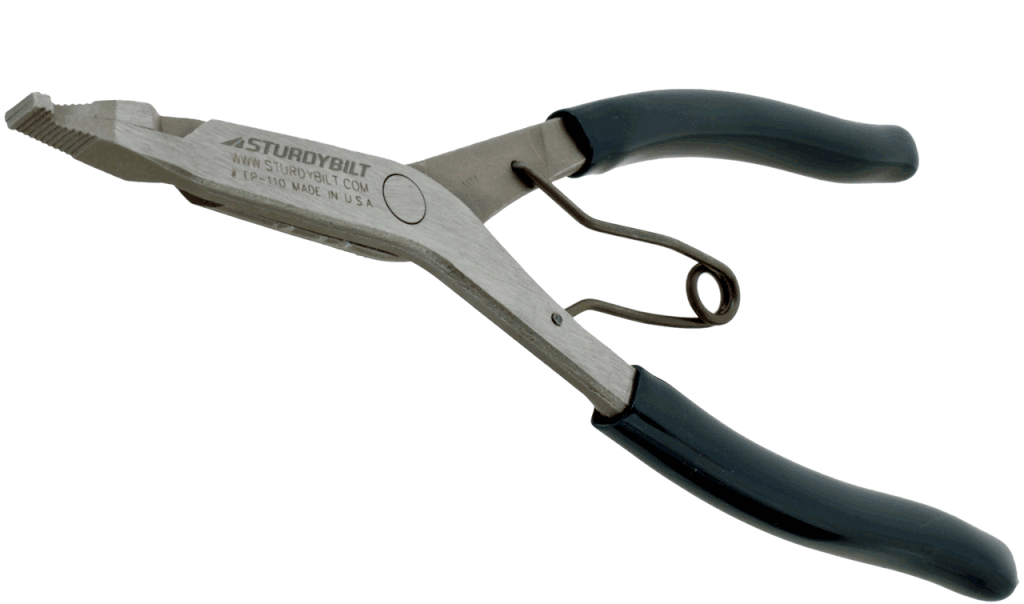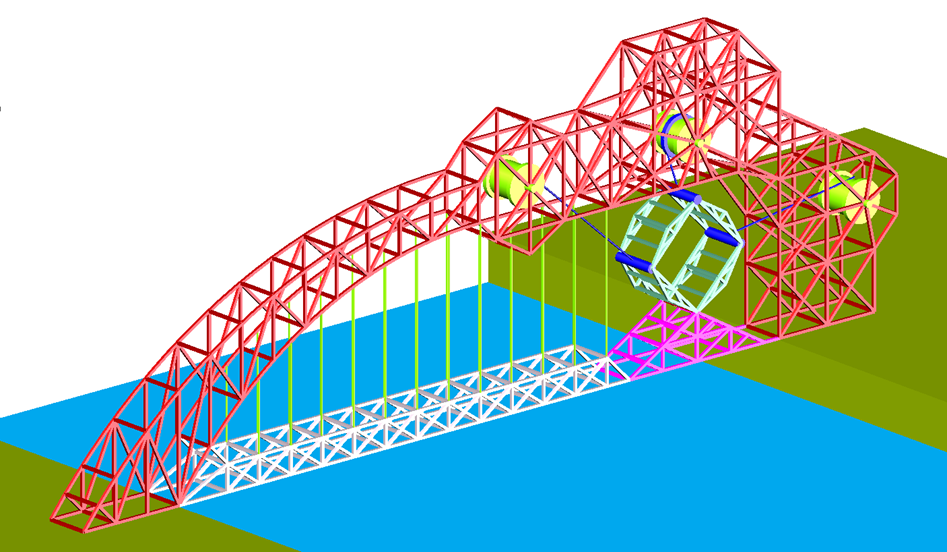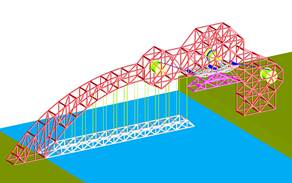Project 1: Form and Function
This Project explores
the relationship between the function and the form of a given
structure, and
promotes fundamental changes of the outward facing aesthetic to
more clearly convey a
functional idea that takes place in said structure.
The criteria for
completing this project is erecting a 190-foot bridge across a river,
utilizing commonplace
items with mechanical properties as inspiration for how the bridge will translate
motion to allow a
30-foot by 40-foot boat to pass through it.
Bridge Conceptualizations
|
|
|
|
|
|
|
|
|
Cable-Stay |
Arched |
Pennsylvania Truss |
Dynamic Movement Conceptualizations
|
|
|
|
|
|
|
|
|
Double Jointed
Lever |
Lateral Gear
Translation |
Lateral Screw
Translation |
Conceptual Movement Integration
|
|
|
|
|
|
|
- In this design, one or more of the primary towers can hinge similar
to the double joint, in order to lift the roadbed to the required clearance. - Alternatively, one of the towers can act as the primary hinge point
while the cables are what laterally move, while the tower remains unmoved. |
- This configuration is the most practical of them for this movement
system, where the arch is much heavier on one side, to hold the pulley system
required to operate the two joints that life the roadbed. - The opposite side would have less complexity, and be thinner than
the side that holds the pulleys. |
- Similar to the arch,
one side would need to be built up to house a system that pivots to raise the
roadbed, however: - Alternatively, the
hinge can be dead center where the top joint acts as the primary pivot point,
and both sides lift the secondary pivots equally. |
|
|
- The cable aspect of
this design allows the moving roadbed to move while maintaining a level of
balance while moving -The primary gear that
powers the movement would most likely be located in one or both of the
towers, with the shape required to be slightly altered to be able to
accommodate the movement. |
- The arch in this
design should be extremely elongated and much thicker on one side to allow
for the primary gear to not only sit inside the structure, but also allow the
roadbed to slide into it. - Alternatively, the
gear may power the center of the arch and move it out of the way, thus
allowing the roadbed to move with it due to the cable locations. |
- The gear may be able
to shift the struts that hold up the roadbed upward, lifting the roadbed up
and out of the way, however this would require a large shift in the placement
and amount of truss that the bridge has. - It may be easier to
simply configure the design similar to the Arch bridge with the gear
movement. |
|
|
- One or both towers
would pivot on a hinge, however it would also shift upward, allowing the
rotating roadbed to sit directly on top of the roadbed thatís stationary. - The cables attached to
the towers would not change in length, but would need to be able to stagger
with the existing cables on the outsides. |
- The rotational pivot
would most likely be located hanging from the arch, slightly off-center to
help with structural viability - The translational
movement would be vertical, allowing the moving roadbed to slide up above the
stationary roadbed, allowing the opening to be formed. This would most likely
require a much thicker apparatus on the side that holds the pivot. |
- The majority of the
truss above the area where movement occurs would be unchanged, albeit much
denser, and the rotational pivot would be located somewhere within the truss
system, and act similarly to the rotational and vertical pivoting in the arch
design. - Alternatively, a
section of the roadbed, equal in width of the required size, would rotate and
move laterally instead of vertically. |
Preliminary Designs
|
|
|
Finished Design
|
|
|
|
Isolated Mechanism
|
|
Finalized Transformation
|
|
Bridge Animation
|
|
|
|
|
|
|
|



























